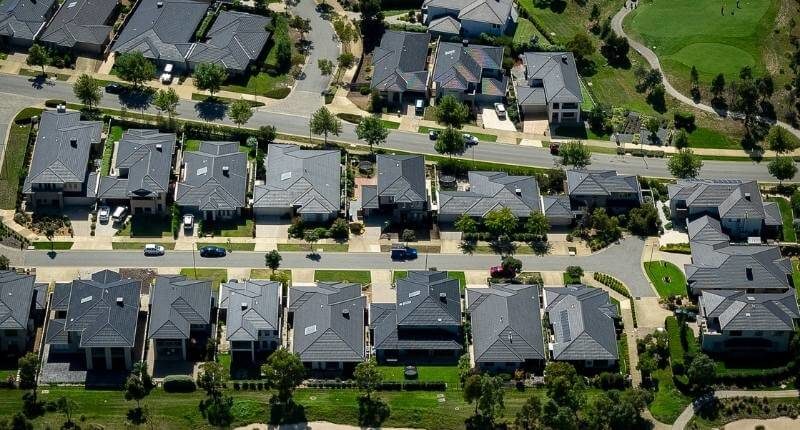- Australia's property market was more affordable than expected
- Great cities need diversity in all aspects
- Maintaining a safe and hygienic city is also paramount
The Australian property market has shocked millions as prices soared during the early years of the Covid pandemic. While many believed the housing market would crash in mid to late 2020, house prices did the polar opposite.
As first-home buyers and those looking to live the Great Australian Dream had to wait a little longer, most Australians were shocked to find that moving to regional Australia was just as tough, with amenities not up to scratch in many places, and prices skyrocketing by just as much, if not more than in the cities.
That shift meant essential workers across Australia were being unfairly shafted, unable to live close to where they were needed most, with many simply leaving nursing and other vital roles within the community.
The rental market was also unkind to the millions who either couldn’t afford a house or preferred the rental life. Indeed it was also unfair for the Australians who were pushed into the rental market for one reason or another.
Come 2022, the year of recovery turned into a year of regret for those believing interest rates wouldn’t budge, let alone take off at a record pace.
Not only did the cash rate surge, but inflation also meant Aussies had to tighten their belts that little bit more.
Australian house prices 6th in the world
Last year, Knight Frank’s Global House Price Index for Q2 2021 ranked Australia’s house price rises seventh in the world. Turkey led the pack with an almost 30% year on year change.
For Q3 of 2021, Turkey stayed at the top of the table (in nominal terms, but not when adjusted for inflation, that title went to South Korea), with Australia rising to fifth in the world for highest house price rises.
This year, the Q3 index shows Australia ranks tenth in the world… for largest house price drops (in nominal terms). Australia ranked 47th out of 56, the bottom five included South Korea, Hong Kong, and New Zealand.
Knight Frank Global House Price Index Q3 2022
Ranked by annual percentage change in nominal terms
| Ranking | Country/Territory | Nominal Price Growth | Real price Growth (adjusted for inflation) |
| 1 | Turkey | 189.2% | 57.6% |
| 2 | Estonia | 27.3% | 4.5% |
| 3 | Hungary | 23.7% | 10.7% |
| 4 | Czech Republic | 22.6% | 4.7% |
| 5 | Iceland | 22.6% | 12.2% |
| 6 | Slovakia | 21.9% | 6.8% |
| 7 | North Macedonia | 21.2% | 5.8% |
| 8 | Israel | 18.2% | 13.2% |
| 9 | Latvia | 16.5% | -2.4% |
| 10 | Slovenia | 15.6% | 4.7% |
| Ranking | Country/Territory | Nominal Price Growth | Real price Growth (adjusted for inflation) |
| 47 | Australia | 1.5% | -5.4% |
| 48 | Malaysia | 0.7% | -3.6% |
| 49 | Finland | 0.0% | -7.5% |
| 50 | Ukraine | 0.0% | -19.8% |
| 51 | Morocco | -0.3% | -6.9% |
| 52 | New Zealand | -2.0% | -8.6% |
| 53 | China (Mainland) | -2.2% | -4.2% |
| 54 | Peru | -4.7% | -12.4% |
| 55 | Hong Kong | -7.1% | -11.0% |
| 56 | South Korea | -7.5% | -12.4% |
Source: Knight Frank.
As for sixth place? That’s according to the rankings when considering house price falls from their 2022 market peak from the Knight Frank data.

How do Australian cities compare?
The Property Tribune has already done a bit of that comparison earlier this week, with Knight Frank data showing the top ten price declines around the world included the Australian cities of Sydney and Darwin.
Top ten price increases also saw Adelaide on the list.
Comparing Australian state capitals with each other, also sees Sydney and Darwin bring up the rear:
Domain house price movements
So how livable is Australia?
Very… but more to come as we explore the impacts of climate change on Australian cities.








